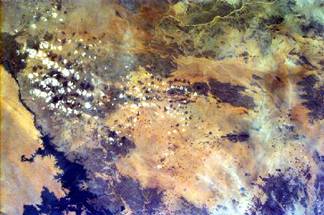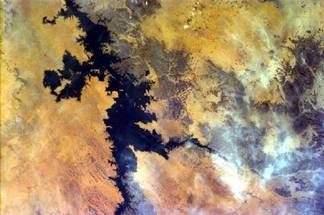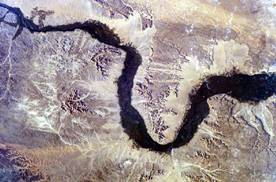Introduction to The Nile River
The Nile is the longest river in the world, at 4,180 miles. It is an extremely important source of water in Africa – Egypt in particular. Egypt is about 97% desert, and thus, the Nile’s water is essential for its survival. The river is an important source of freshwater for both household and agricultural use. It is also a power source from the hydroelectric plant at Aswan, and a means of transportation for people and trade. Only a very small percentage of Egypt is habitable – about 5%. Most of the inland population is located along the Nile. Therefore, population densities are high along the Nile – more than 1,000 people per square kilometer.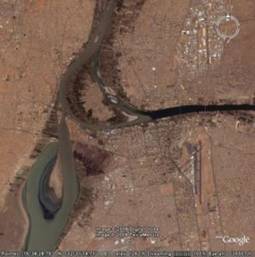
The Nile is important not just to Egypt, but to surrounding countries. Burundi, Rwanda, the Democratic Republic of Congo, Tanzania, Kenya, Uganda, Ethiopia, Eritrea, and Sudan have spoken out against Egyptian domination of the Nile’s waters for development. In the early to mid-1900s, two agreements were signed that gave Egypt and Sudan extensive rights over the river’s use. Upstream countries such as Kenya and Uganda have argued that the treaties gave Egypt unfair control. In the late 1990s, the Nile Basin Initiative went underway. The ten countries which share the Nile met to find a way to cooperate – to use the Nile "sustainably and effectively towards development."
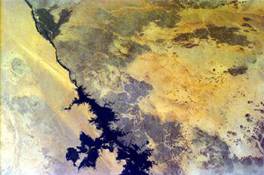
The construction of the Aswan High Dam created Lake Nasser, which stretches back 270 km from the dam. Lake Nasser has, in turn, increased the amount of farmable land – because the stored water can be used for irrigation needs. The lake has also created a large fishing industry. However, the Aswan High Dam has had negative impacts as well. Before the dam was created, the Nile flooded annually, depositing fertile soil from upstream. Now, the dam has prevented this flooding from occurring, causing farmers to have to use fertilizers, which are not only more expensive, but also pollutants.
